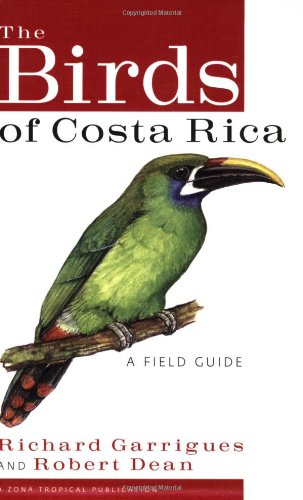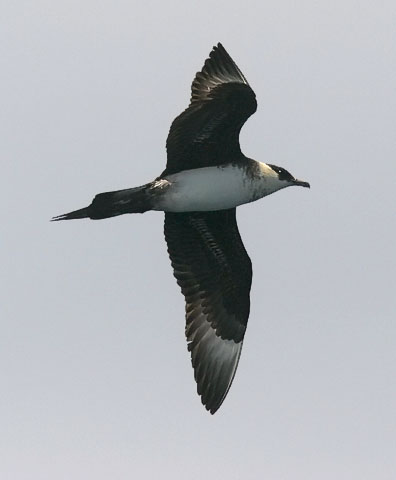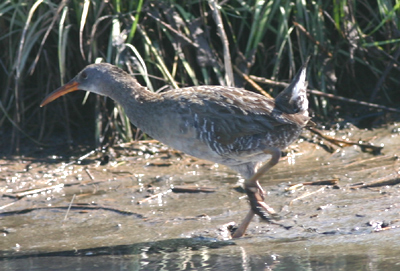
On Sunday the 20th, I joined Ted Gilman, the head naturalist at Greenwich Audubon, and two Connecticut young birders for the Greenwich/Stamford Christmas Bird Count. A storm had put 6-8 inches of snow on the ground, and delayed our start by two hours. Still, we were there, if late.
After looking at the feeders and some bird specimens at the audubon center, we headed to Pheasent Hollow, some sort of gated community next to the audubon center.
On the way I spotted a Kestrel diving at a group of juncos, and we stopped frequently to count the flocks of juncos and robins. When looking at a small group of Red-winged Blackbirds, a Brown Creeper appeared on the tree beside us.
As soon as we got out of the van at our destination, Ted called "eagle," as a flock of geese, a red-tailed hawk, and the eagle all flew by in different directions. Everyone ending up looking at the birds that weren't the eagle thinking that they were, but I think I got a momentary glimpse of it.
Proceeding up the hill, we began to notice a large number of turkey vultures flying by. One came within 15 feet of us. When its a sparrow or gull 15 feet away, its not too amazing. But when the bird has a 5-6 foot wingspan, it is pretty cool. Then a Black Vulture flew by, and we realized that the birds in the trees on the other side of a small depression and stream were all vultures.
This photo doesn't do it justice, but here is what the trees looked like. Each black spot is a vulture, and this is only of portion of the number of birds there:
 When we got closer we could see that the vultures were eating a dead deer. Again, terrible photo, but the group on the right is on the carcass. Our final tally was 45 turkey vultures, 3 black vultures.
When we got closer we could see that the vultures were eating a dead deer. Again, terrible photo, but the group on the right is on the carcass. Our final tally was 45 turkey vultures, 3 black vultures. The other two birders had to leave soon, but Ted convinced them (without any difficulty) to stay to look in a hemlock grove where there had been a barred owl at some point. He warned us that it flushed easily, and that many times all he had seen was a dark, large shape flying away.
On the way into the grove we found a couple American Tree Sparrows, my first of the winter. We slowly walked into the clump of trees and began searching. Nothing.
Then Ryan (one of the CT young birders) saw something and pointed quickly as the owl, only visible as a large bird, flew away. I caught a glimpse. The others missed it. If we had not been very lucky, that would have been it. But we were very lucky, and the owl landed in a tree, somewhat distant but still easily visible. It surveyed the area with dark eyes, at one point glaring directly at us, before flying off into a more distant grove. Wow.
The others had to leave, but after lunch Ted and I went to a country club nearby to look for rusty blackbirds, my longtime nemesis bird, and others.
The birding was a bit slow until we reached the farthest point from the parking lot, where a small stream ran though the woods- perfect rusty blackbird habitat. We were probably standing on a green, but the snow made it impossible to tell. There we found tree and song sparrows, and a group of bluebirds. Then the blackbirds flew in, foraging in the stream practically at our feet. A great way to get a life bird.
There are Rusty Blackbirds in this photo, I swear. I just can't really find them.
 A swamp sparrow popped up, and the bluebirds flew back and forth frantically to get our attention: "Look, we are blue! Bluebirds! They're brown. You can barely tell them from grackles! What are you looking at them for?" I imagined them saying.
A swamp sparrow popped up, and the bluebirds flew back and forth frantically to get our attention: "Look, we are blue! Bluebirds! They're brown. You can barely tell them from grackles! What are you looking at them for?" I imagined them saying. I left with a life bird, my first Christmas bird count done, and the certainty that I will do it again next year, and the year after that, and after that...
































